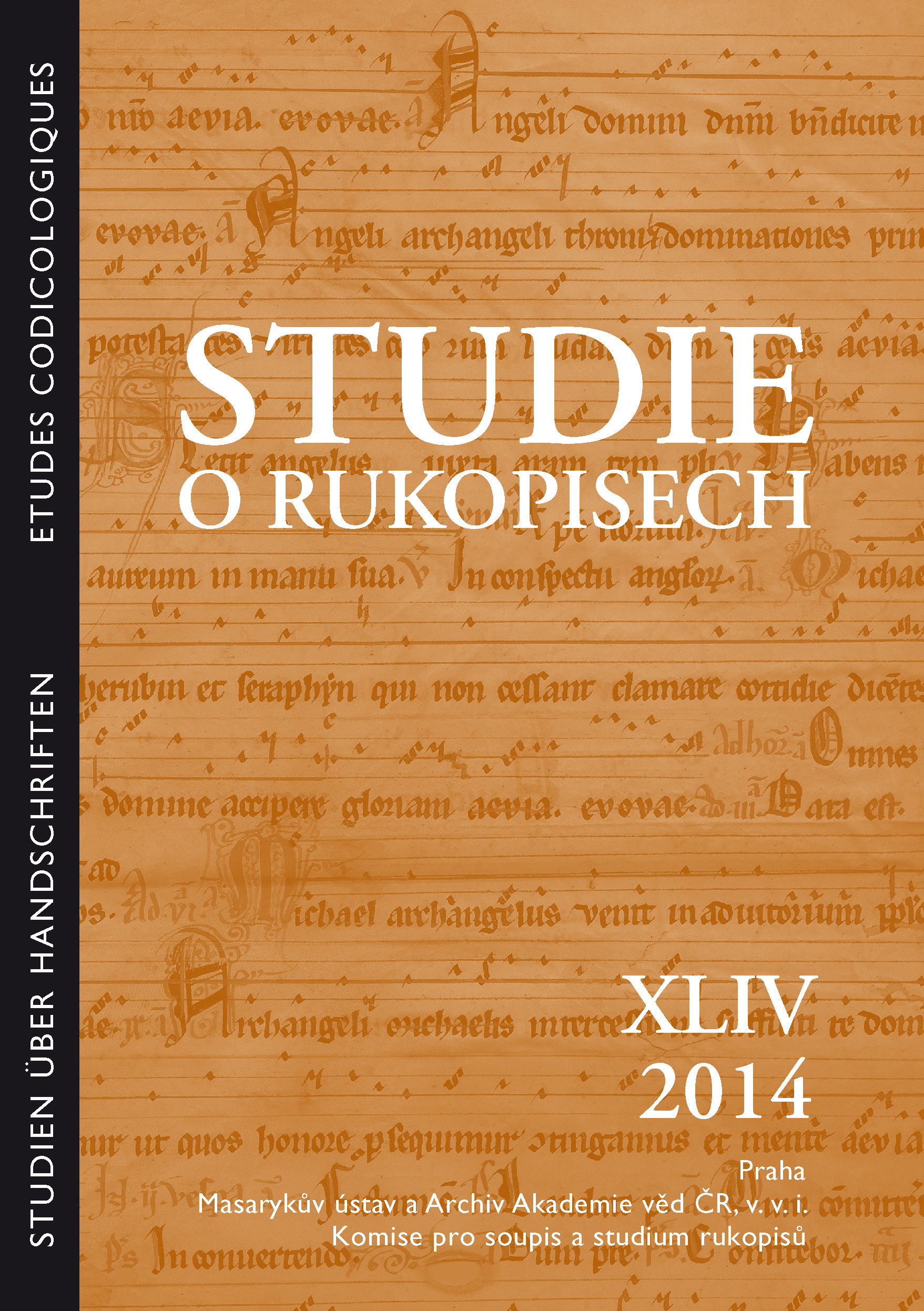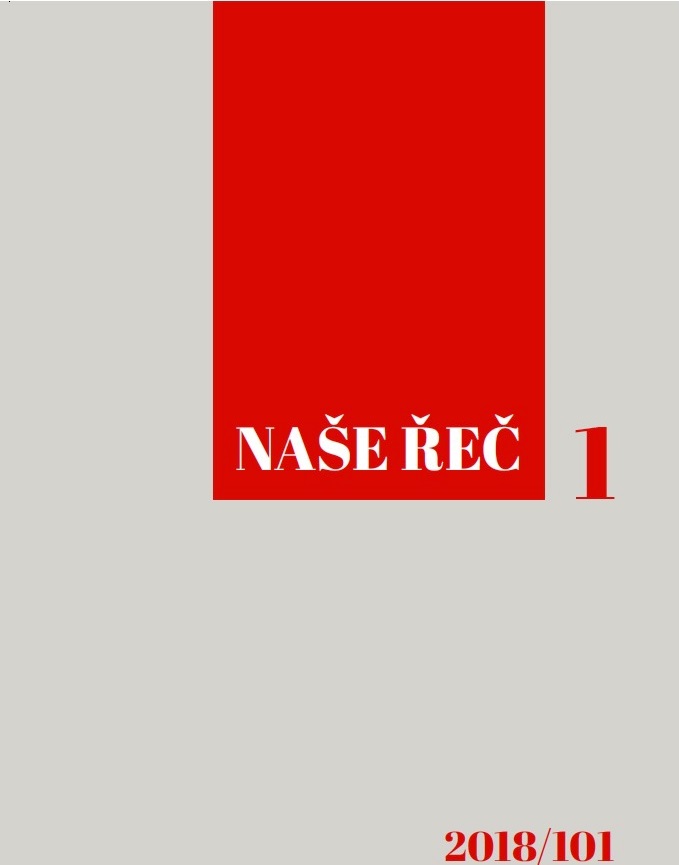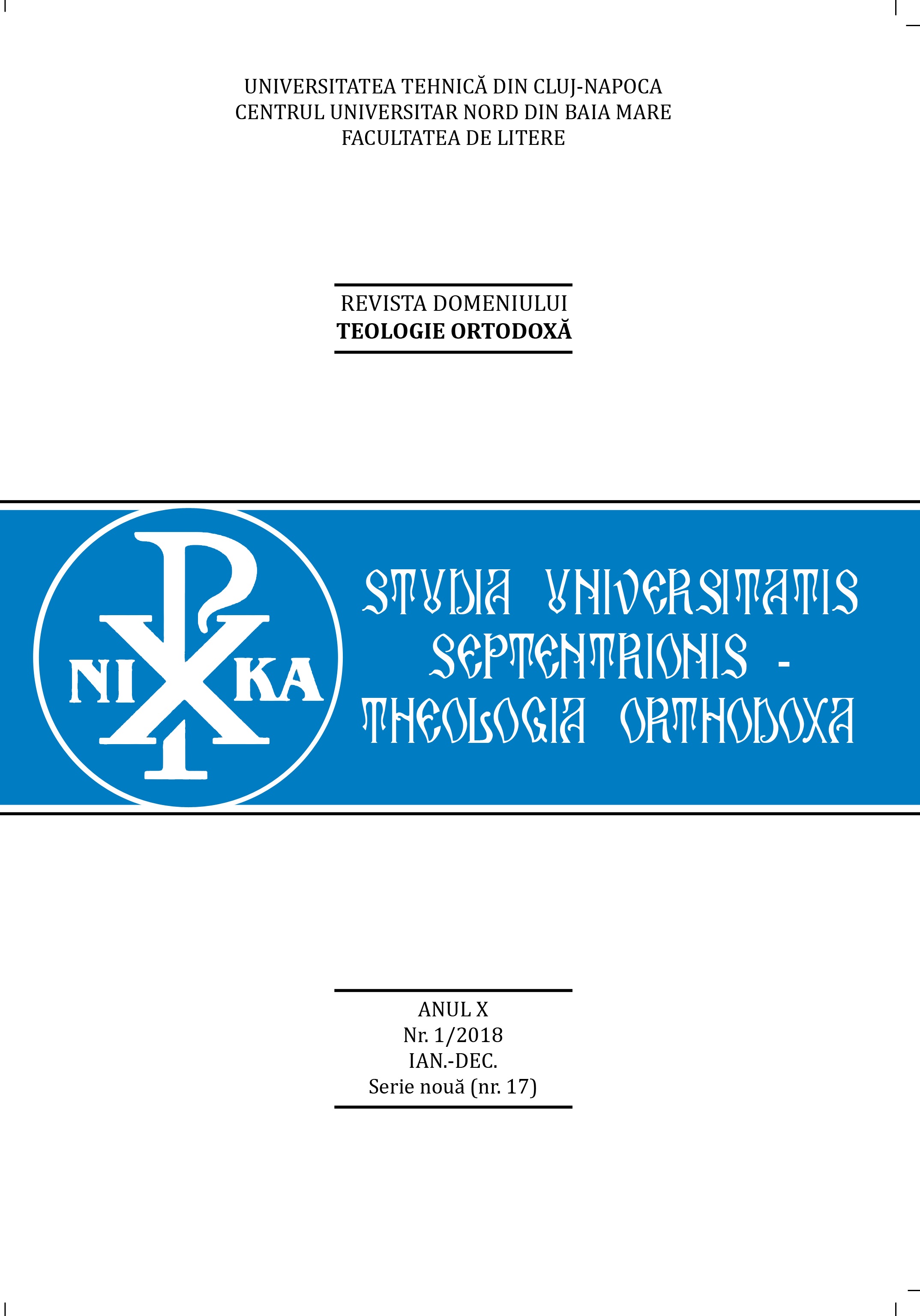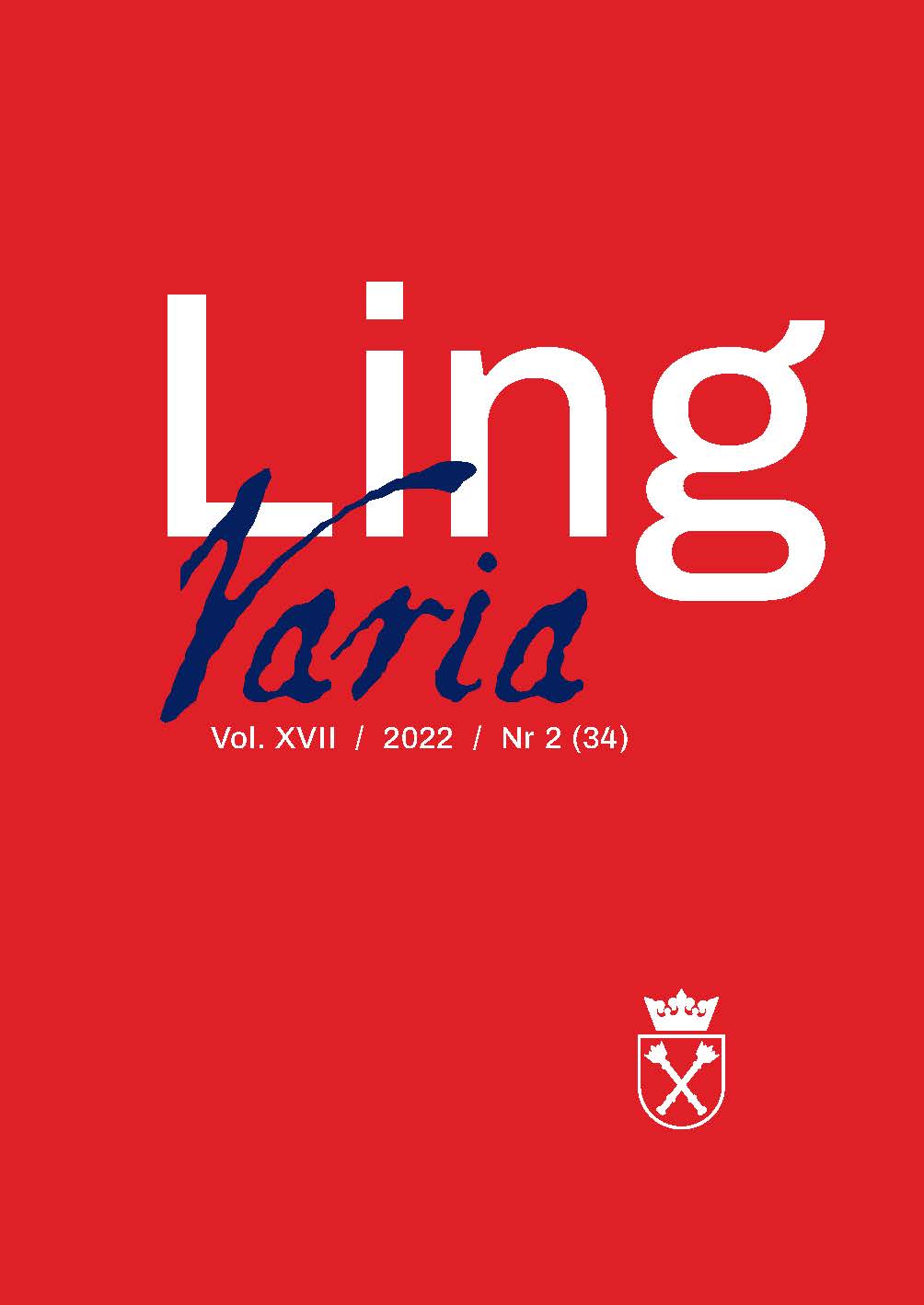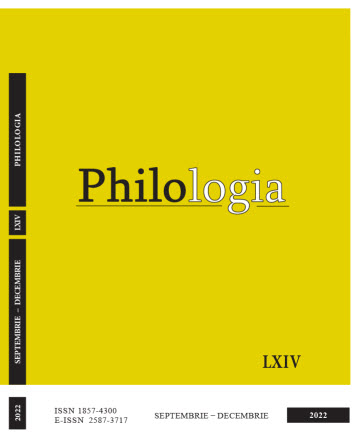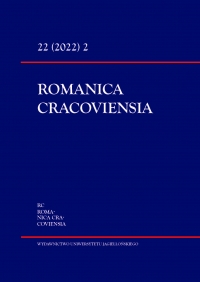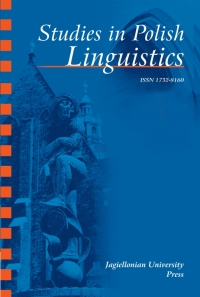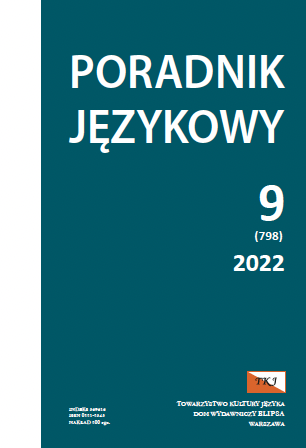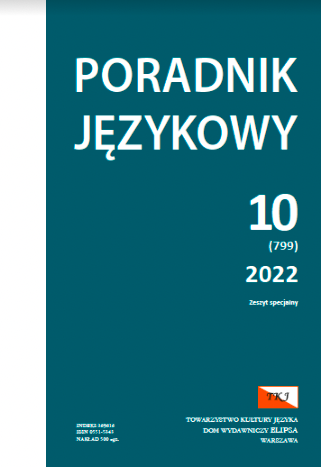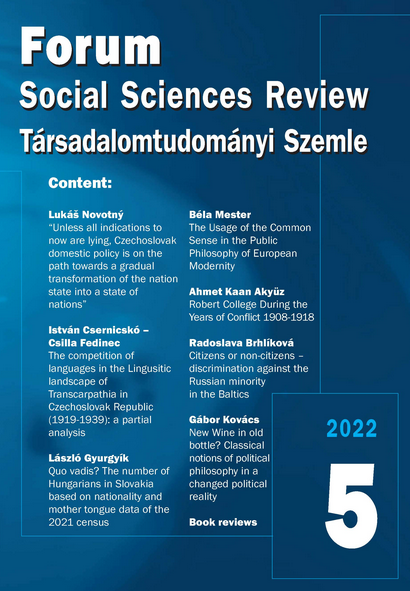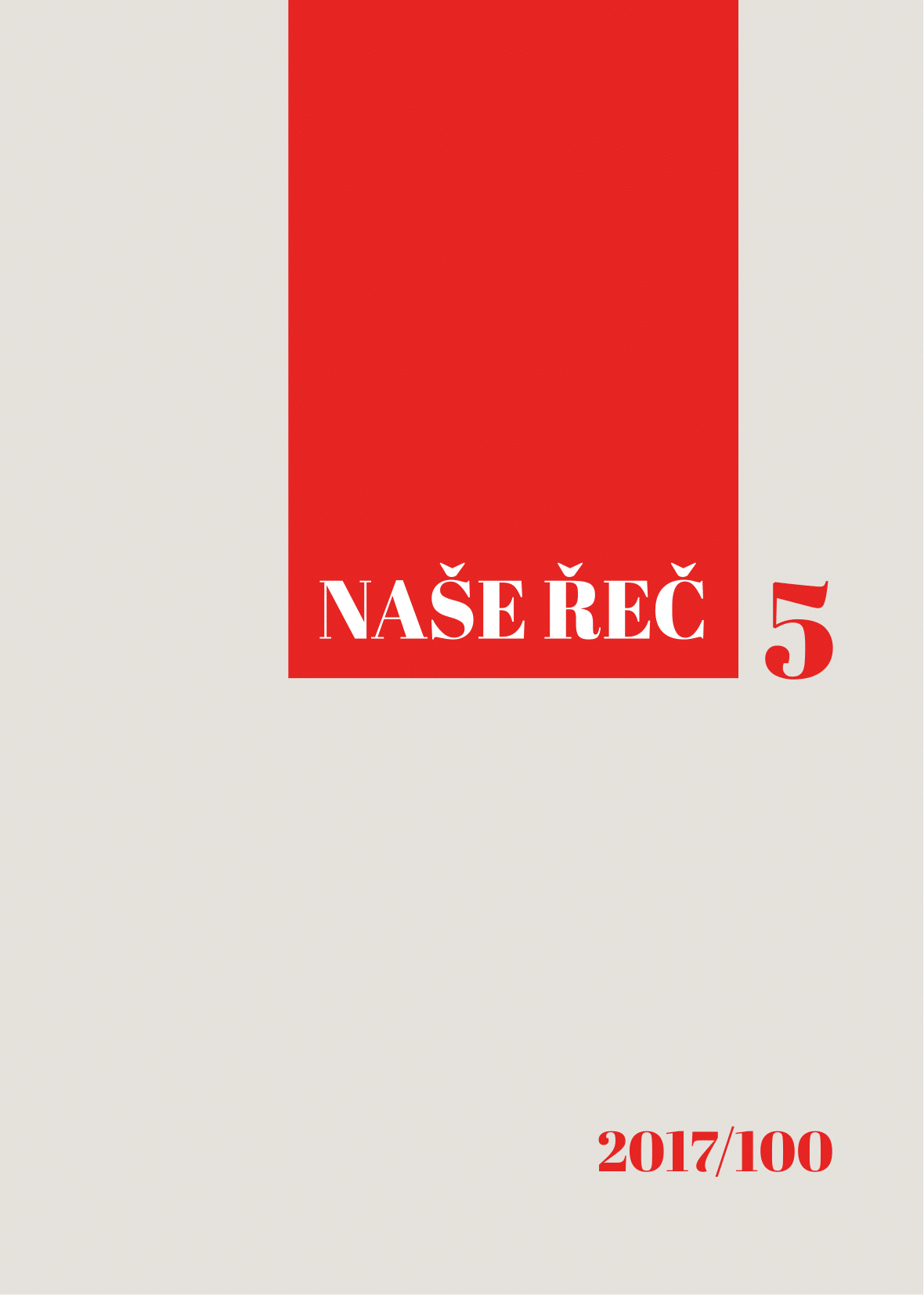
Ze staročeské „kuchyně“ – k původu slova kuchař
The article discusses the origin of the Old Czech word kuchař ‘cook’. The analysis suggests that the word was probably neither derived from the non-recorded Old Czech word *kuchati ‘to cook’, nor from the attested Old Czech verb kuchati ‘to eviscerate’. The semantic and wordformative analysis of the Old Czech word-formative group containing words based primarily on the lexical item kuchyně ‘cuisine’ shows that the word kuchař is most likely a loanword from Middle High German adapted to the Old Czech lexical system, specifically to the group of lexemes containing the suffix -ař (comp. Old Czech rychtář from Middle High German rihter etc.).
More...
